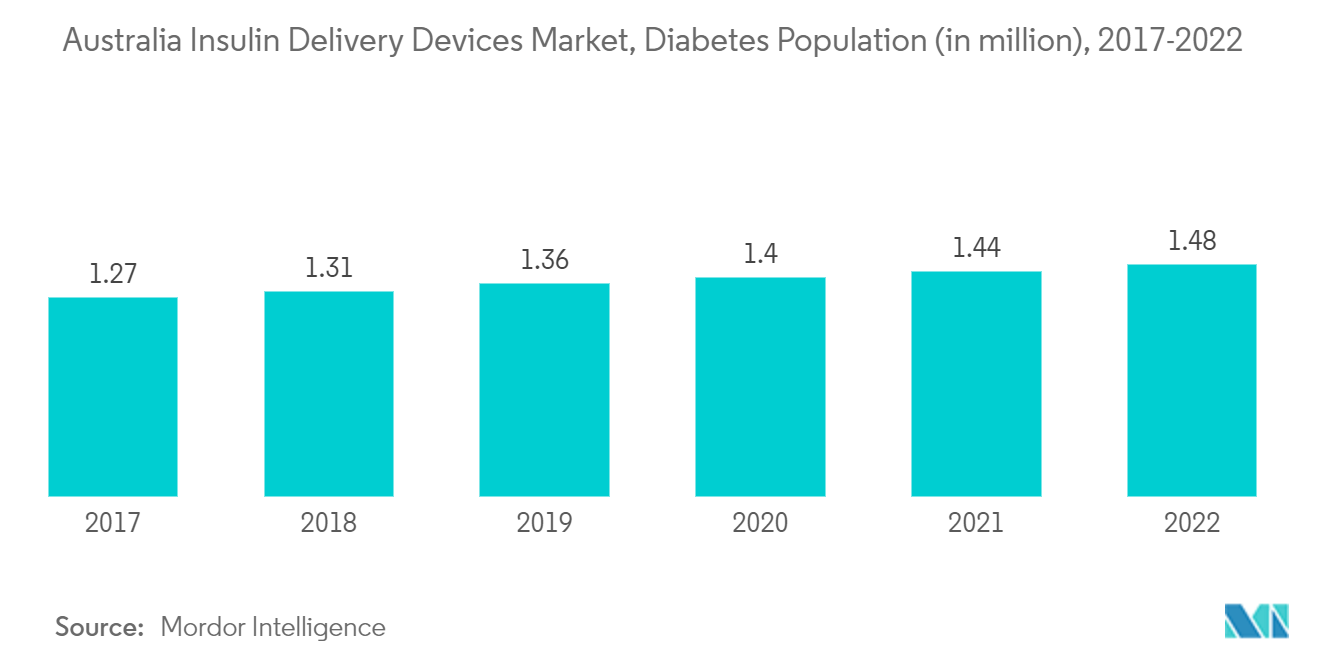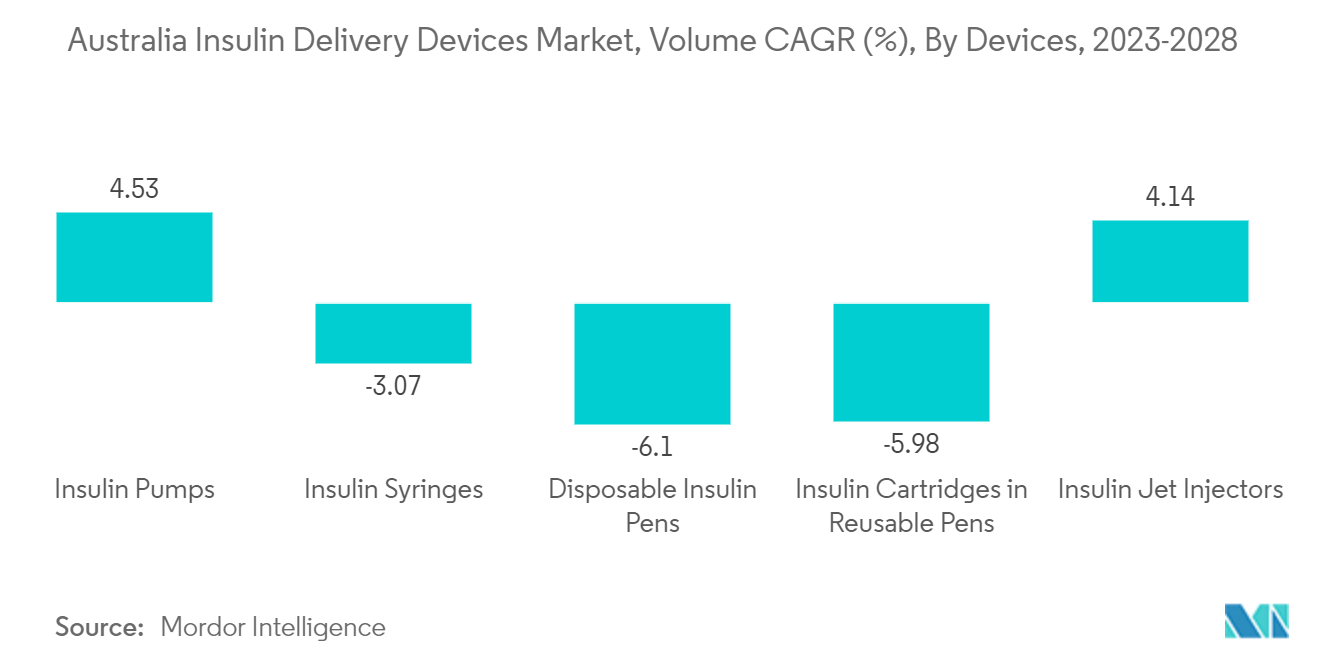Market Trends of Australia Insulin Delivery Devices Industry
Rising Diabetes Prevalence in Australia
According to Diabetes Australia, diabetes is the fastest-growing chronic condition in Australia, increasing faster than other chronic diseases such as heart disease and cancer.
Currently, almost 1.9 million Australians have diabetes, including all types of diagnosed diabetes (almost 1.5 million known and registered) and undiagnosed type 2 diabetes (up to 500,000 estimated). The incidence of diabetes in children and young people is increasing. Almost all children and young people with diabetes have type 1 diabetes. In addition, children develop type 2 diabetes at younger ages. Children and young people with type 1 and type 2 diabetes have specific needs, such as access to care from a multidisciplinary pediatric diabetes team and to diabetes treatments and supporting technologies.
Around 1.2 million people are hospitalized with diabetes-related conditions every year. Aboriginal and Torres Strait Islander Australians are three times more likely to develop type 2 diabetes than non-Indigenous Australians, 4.3 times more likely to be hospitalized with type 2 diabetes, and four times as likely to die. Various evidence suggests that diabetes can be successfully managed, especially when detected early. Multifactorial intervention, including control of blood glucose, blood pressure, and lipids, can reduce the range of diabetes-related microvascular and macrovascular complications and premature mortality.
Australian Commission on Safety and Quality in Health Care clinical care standards program plays an important role in delivering appropriate care and reducing unwarranted variation, as they identify and define the care people should be offered or receive, regardless of where they are treated. The National Association of Diabetes Centre has developed diabetes care standards and an accreditation process that can help to make diabetes care nationally consistent.
Therefore, the studied market is anticipated to grow over the analysis period due to rising prevalence and the factors above.

The Insulin Pumps Segment is Expected to Witness the Highest Growth Rate Over the Forecast Period
Insulin Pump is expected to register a CAGR of more than 4.5% in the market during the forecast period because of the increasing technological advancement and its preference over other traditional methods due to continuous insulin administration.
An insulin pump is a small battery-operated electronic device about the size of a pager or small mobile phone. The rapid-acting insulin is delivered via an infusion set inserted under the skin, i.e., subcutaneously. The device delivers insulin in two ways, basal (delivering small amounts of insulin continuously to maintain cell function) and bolus (delivering a dose of insulin on demand to account for the carbohydrates in meals or to correct high blood glucose levels). An insulin pump is worn 24 hours a day but can be taken off for up to two hours when required.
Data can be uploaded from insulin pumps via web-based software. The data relating to glucose concentrations and insulin delivery can be reviewed by the health professional with the patient. Randomized controlled trials have reported improved glycemic control using insulin pump therapy compared to multiple daily injections. These include reductions in blood glucose, hypoglycemia, lower glycated hemoglobin, lower insulin requirements, and improved quality of life. Type-1 diabetic patients must check their blood glucose levels regularly, monitor their blood glucose levels, and adjust the insulin dosing to maintain optimum glucose levels.
The Australian Government is maintaining access to affordable, high-quality medicines, devices, and services to support people with diabetes in self-management and treatment. It supports people with diabetes through the National Diabetes Services Scheme, the Pharmaceutical Benefits Scheme, the Insulin Pump Program, and Medicare and other funding. Insulin pump consumables (infusion sets and reservoirs/cartridges) are subsidized by the NDSS for eligible consumers only. Under the NDSS, the cost of an infusion set is currently about $1.60. The cost of an insulin reservoir/cartridge is about $1 per unit.
The factors above are likely to drive segment growth during the forecast period.

